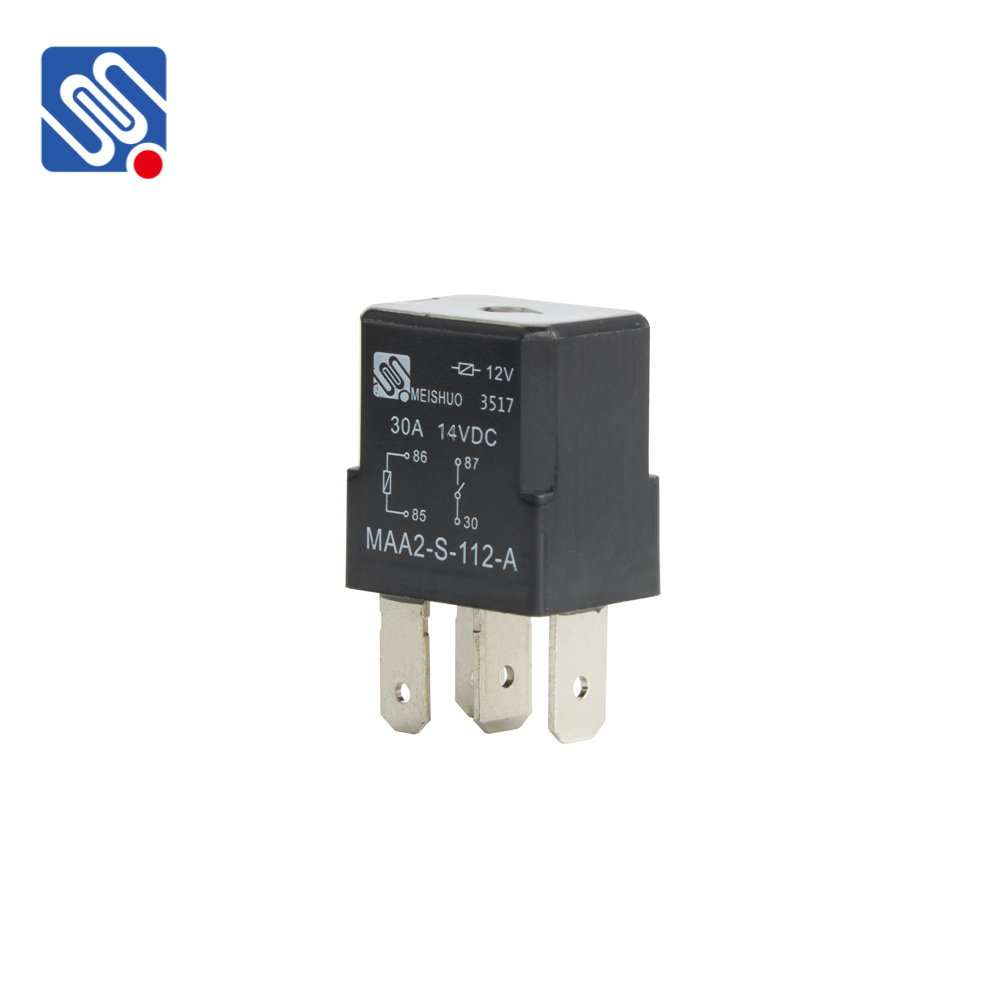understanding relay current: how it works and its importance in electrical systems
Release time:2025-04-23 11:20:47
Relays are fundamental components in modern electrical and electronic systems. Their primary function is to act as a switch, enabling the control of high-power circuits with low-power signals. A crucial aspect of relays is "relay current," which plays a significant role in their operation and performance. In this article, we will explore what relay current is, how it works, and why it is important for the reliable functioning of relay systems.

What is Relay Current?
Relay current refers to the amount of current that flows through the relay's coil or contacts during operation. When a relay is activated, an electrical current passes through the coil, creating a magnetic field that causes the relay's contacts to either open or close, depending on the type of relay. The flow of current through the relay's contacts is what allows it to control larger, high-power circuits using a smaller control current.
The Role of Relay Current in Coil Operation
The primary function of a relay’s coil is to generate a magnetic field when current passes through it. This magnetic field is what moves the relay's internal components, such as the armature, causing the contacts to change their state. The current flowing through the coil is often referred to as the "coil current" or "relay current."


